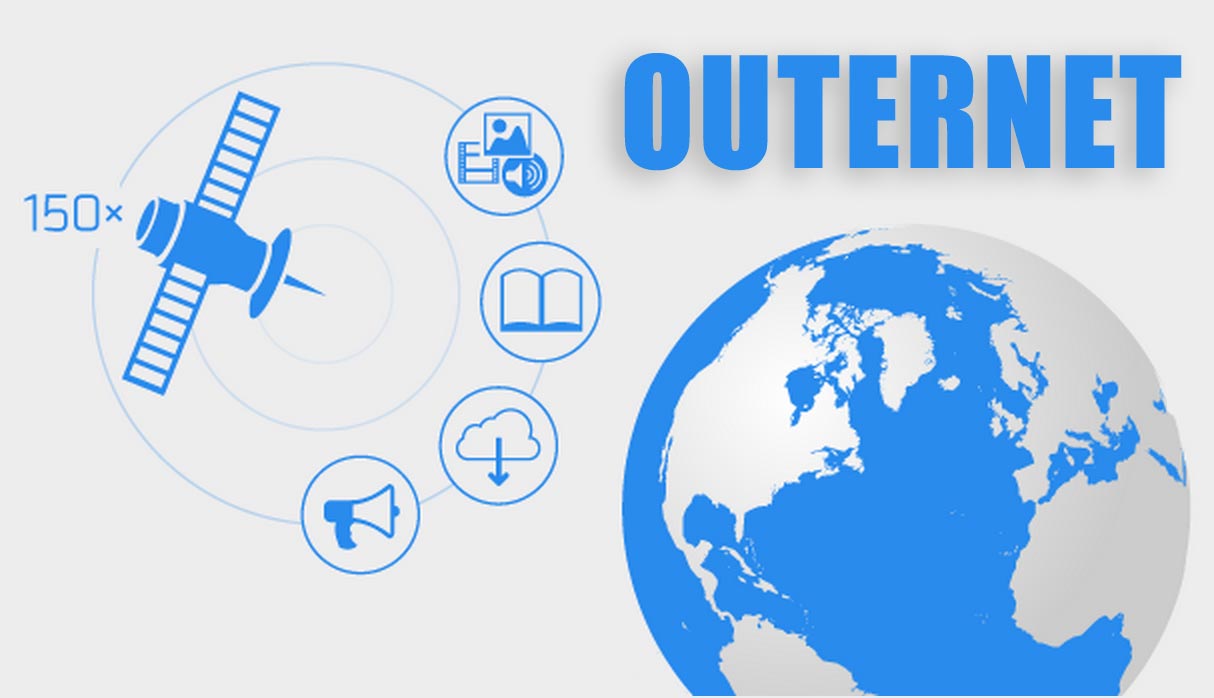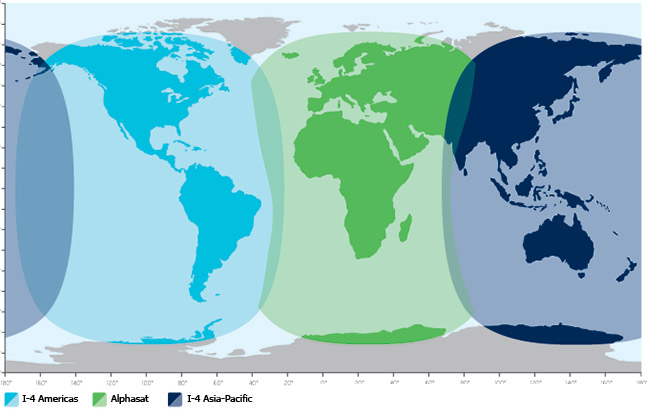We’ve all of course know about the Internet but recently there has been the development of Outernet. It’s been dubbed as the ‘library in the sky’ as it is meant to freely provide vital information in areas of the world where internet is scarce or non-existent. This will benefit people living in an areas hit by a major natural disaster, war-torn countries or trying circumvent censorship.
Tag: Satellite
Accessing The Outernet (Tutorial)
This is an excellent guide from rtl-sdr.com on all the hardware and software needed in gaining access to the Outernet. The cost is relatively inexpensive for about less than $100 and there are also guides on how to build your own patch antenna if you chose not to buy one. You also don’t necessarily have to use a Raspberry Pi3, you can run it on a Windows/Linux system though support is limited (at the time of this writing).
I shall put a link to the original article at the bottom and the tutorial begins immediately down below.
RTL-SDR TUTORIAL: RECEIVING AND DECODING DATA FROM THE OUTERNET
Outernet is a relatively new satellite service which aims to be a “library in the sky”. Essentially their service is going to be constantly transmitting files and data like news and weather updates from geostationary satellites that cover almost the entire world. Geostationary means that the satellites are in a fixed position in the sky, and do not move over time. By simply pointing a small patch antenna at the sky (with LNA and RTL-SDR receiver), it is possible to download and decode this data from almost anywhere in the world. Their aim is to provide up to date information to users in locations with little to no internet (rural, third world and sea), or in countries with censored internet. It may also be of interest to disaster preppers who want an “off-grid” source of news and weather updates. It can kind of be thought as a kind of one-way download-only internet service.

